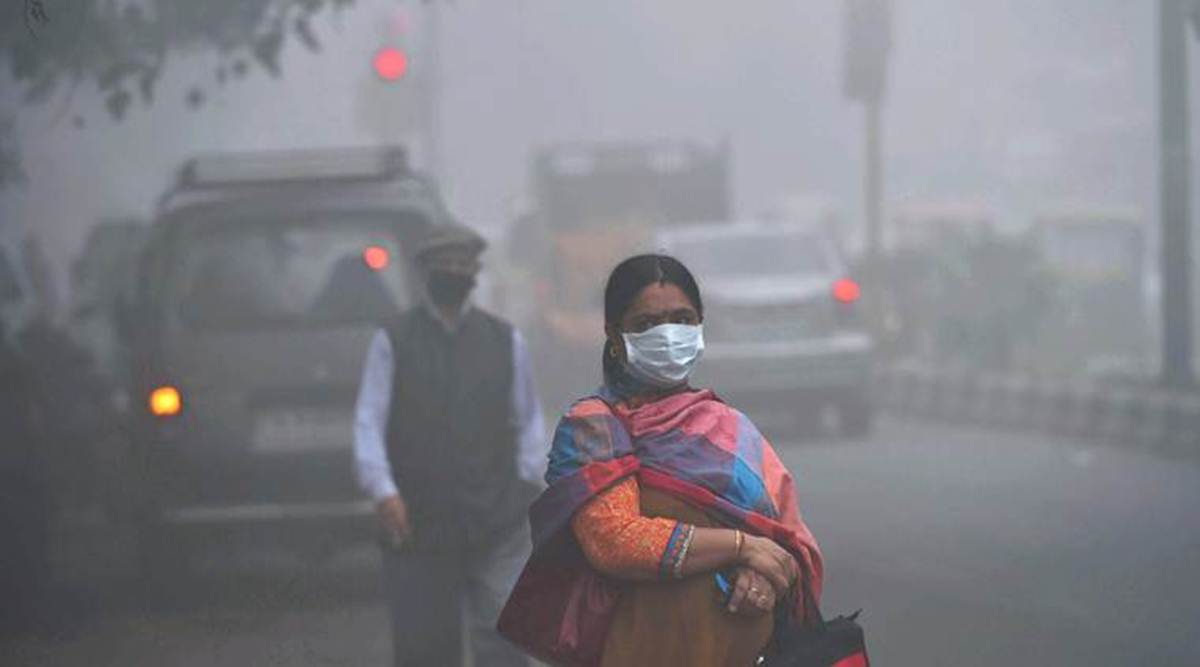
Suffocating smog thickens in Delhi-NCR; AQI at 471 is season’s worst

It has been eight days after Diwali, and the layer of smog and pollution enveloping the Delhi and NCR region shows no signs of abating.
Delhi has recorded severe air quality on six of the last eight days after Diwali, and on Friday, the toxic smog only thickened further, reducing the sun to an orange tint and gave a cough to most local residents. At several places, visibility was down to 200 metres.
According to a PTI report, an analysis by the Delhi Pollution Control Committee (DPCC) showed that people in the national capital breathe the worst air between November 1 and November 15 every year.
More than 4,000 farm fires, which accounted for 35 per cent of Delhi’s pollution on Friday, played a major role in pushing the 24-hour average Air Quality Index (AQI) to 471 by 4 pm, the worst this season so far. Faridabad (460), Ghaziabad (486), Greater Noida (478), Gurugram (448) and Noida (488) also recorded “severe” air quality at 4 pm.
According to the Central Pollution Control Board (CPCB), the 24-hour average concentration of lung-damaging fine particles known as PM2.5 in Delhi-NCR crossed the 300 mark around midnight and stood at 381 micrograms per cubic metre at 4 pm (Friday), more than six times the safe limit of 60 micrograms per cubic metre. The PM10 level was recorded at 577 micrograms per cubic metre.
Also read: Effectively reducing methane in air can wind back global warming by 15 years
Officials from the India Meteorological Department (IMD) said moderate fog, low temperatures in the morning and calm winds have been trapping pollutants close to the ground. “Visibility levels at the Indira Gandhi International Airport and the Safdarjung Airport dropped to 200-500 metres due to moderate fog. It (fog) intensified on Friday due to high humidity,” an official was quoted as saying by PTI.
The Centre for Science and Environment on Wednesday said the ongoing smog episode is a public health emergency and could be the longest in four years.
(With inputs from Agencies)


